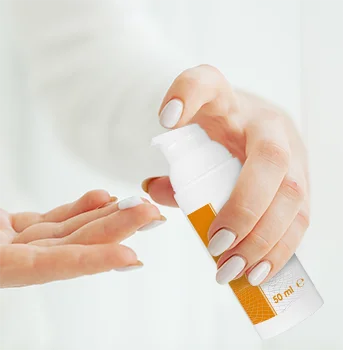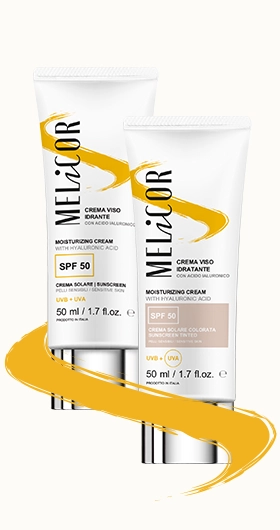Photorejuvenation
Photorejuvenation is a non-invasive procedure that uses broadband light and eliminates the signs of photoaging of the skin: hyperpigmentation, pathologically dilated vessels, fine wrinkles.
The photorejuvenation procedure lasts 15-20 minutes and does not require long-term rehabilitation.
Intense pulsed light photorejuvenation
Intense pulsed light photorejuvenation marked the beginning of the era of photorejuvenation of the skin of the face and body. The first Intense pulsed light devices (IPL) appeared more than 20 years ago and are still widely studied today. The following devices are mainly used for photorejuvenation: IPL, Intensive Pulsed Light and BBL, BroadBand Light.
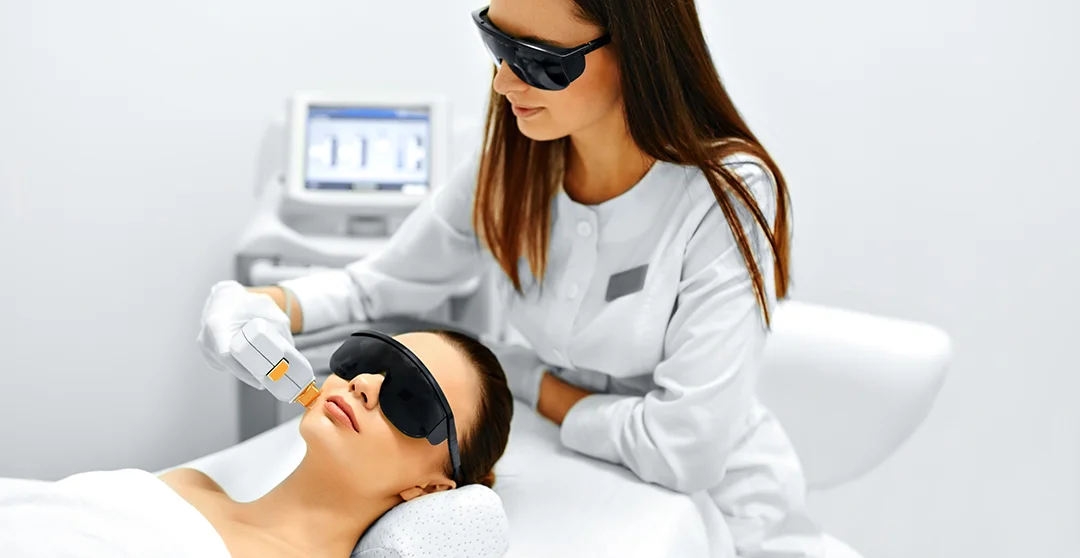
The broad spectrum of intense pulsed light radiation allows you to simultaneously act on various skin problems, improving metabolic processes, correcting existing skin problems and imperfections, and even rejuvenating cells at the genetic level. The rapid and visible results of the procedures make photorejuvenation one of the most sought-after laser procedures in aesthetic medicine.
Photorejuvenation: how it works
Photorejuvenation works on the principle of selective photothermolysis. Using specific wavelengths, the procedure selectively heats and destroys pathological targets.
Photorejuvenation with intense pulsed light can therefore remove pathologically dilated vessels, lighten pigment spots, reduce dilated pores and attenuate fine wrinkles of the skin.
Photorejuvenation of cells
New possibilities for cellular photorejuvenation have been opened up by research at Stanford University. Studies have shown that photorejuvenation treatments with BBL pulsed light can rejuvenate skin cells and restore them to an activity similar to that of young skin cells [1]. This allows the aging process to be slowed down and the youthfulness of the skin to be prolonged.
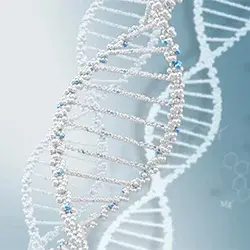
Photorejuvenation: how many sessions are needed?
The average number of procedures is 3-4 procedures with an interval of 2 weeks. Depending on the problem and skin condition, more photorejuvenation sessions may be necessary.
Intense pulsed light: indications
- Telangiectasia
- Photorejuvenation
- Facial wrinkles
- Hyperpigmentation
- Lentigo
- Lentigo
- Melasma
- Rosacea
- Acne vulgaris
- Poikiloderm of Civatte
Photorejuvenation opinions
Over 20 years of experience in the use of photorejuvenation have created a positive opinion among professionals, making it one of the most sought-after procedures for facial skin rejuvenation. Numerous scientific publications confirm the opinion of doctors and patients about the effectiveness and safety of photorejuvenation, as well as the positive effect on the condition of the skin.
Skin care after intense pulsed light
After the photorejuvenation procedure, the skin requires special care:
- Detergi la pelle con un detergente delicato.
- Pat your skin dry by gently patting it dry; do not rub your skin with a towel, but pat it dry.
- Moisturize your skin regularly with a regenerating cream during the day.
- Avoid sun exposure for 3 months.
- Apply a broadband sunscreen UVB + UVA with a sun protection factor (SPF) of 30 or higher.
Post laser cream
Our EpiCalm Plus post laser cream is designed to meet the needs of the skin during the recovery phase after facial photorejuvenation procedures.
The complex action of the cream after pulsed light is aimed at
- reduction of skin redness
- skin hydration thanks to the balanced composition of emollients
- reparation
- prevention of post-inflammatory hyperpigmentation of the skin
The light texture of the cream after exposure to pulsed light and the absence of silicones reduce the risk of skin rashes during application..
Other methods of photorejuvenation
Laser photorejuvenation
Laser photorejuvenation uses a specific wavelength of laser light to target specific areas of the skin, such as blood vessels, pigmentation, collagen and elastin.
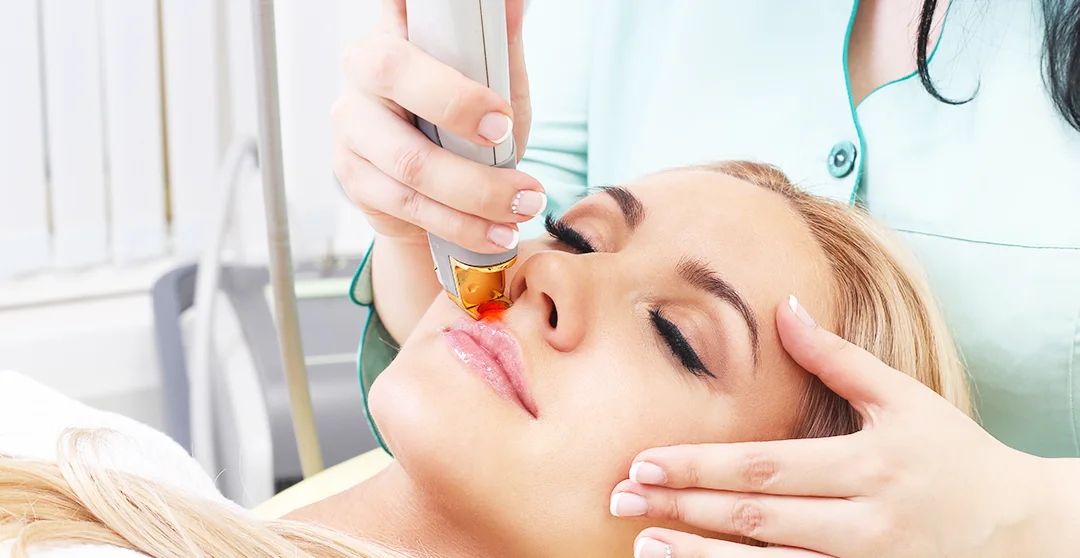
Unlike intense pulsed light, the laser emits only one wavelength and can treat only one skin problem..
With laser photorejuvenation, a separate laser is needed for each skin problem, which reduces the scope of application. Each pathology requires a different laser. Pulsed light has the advantage that during the procedure the doctor can change the wavelength and treat several skin problems at the same time.
For this reason, laser photorejuvenation is not widely used in aesthetic medicine..
LED Photorejuvenation
LED photorejuvenation uses intense LED light of different wavelengths to activate the skin's metabolic processes..
This has become possible thanks to the development of LED technology. There are numerous publications in the scientific press describing the positive changes in the skin achieved thanks to LED photorejuvenation. Blue light is mainly used to treat acne, green and yellow light to improve the metabolism of skin cells, while red light has anti-inflammatory and anti-aging effects on the skin.
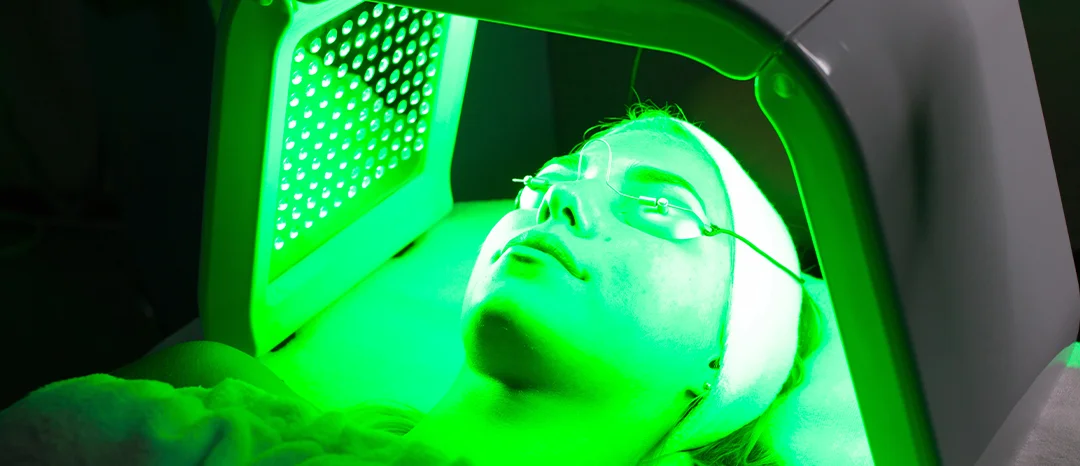
The radiation power of LEDs is lower than that of laser or pulsed light. For this reason, LED photorejuvenation does not eliminate the signs of photoaging of the skin, such as pigmented spots and dilated vessels. The second limiting factor is the long duration of the procedure: 30 minutes.
At Meliсor we use a scientific approach to improve the condition of your skin..
Learn more about skin care Melicor
References
- Chang AL, Bitter PH Jr, Qu K, Lin M, Rapicavoli NA, Chang HY. Rejuvenation of gene expression pattern of aged human skin by broadband light treatment: a pilot study. J Invest Dermatol. 2013 Feb;133(2):394-402. doi: 10.1038/jid.2012.287. Epub 2012 Aug 30. Erratum in: J Invest Dermatol. 2013 Jun;133(6):1691. PMID: 22931923; PMCID: PMC3547222.
- Cuerda-Galindo E, Díaz-Gil G, Palomar-Gallego MA, Linares-GarcíaValdecasas R. Intense pulsed light induces synthesis of dermal extracellular proteins in vitro. Lasers Med Sci. 2015 Sep;30(7):1931-9. doi: 10.1007/s10103-015-1787-5. Epub 2015 Jul 19. PMID: 26188855.
- Cuerda-Galindo E, Díaz-Gil G, Palomar-Gallego MA, Linares-GarcíaValdecasas R. Intense pulsed light induces synthesis of dermal extracellular proteins in vitro. Lasers Med Sci. 2015 Sep;30(7):1931-9. doi: 10.1007/s10103-015-1787-5. Epub 2015 Jul 19. PMID: 26188855.
